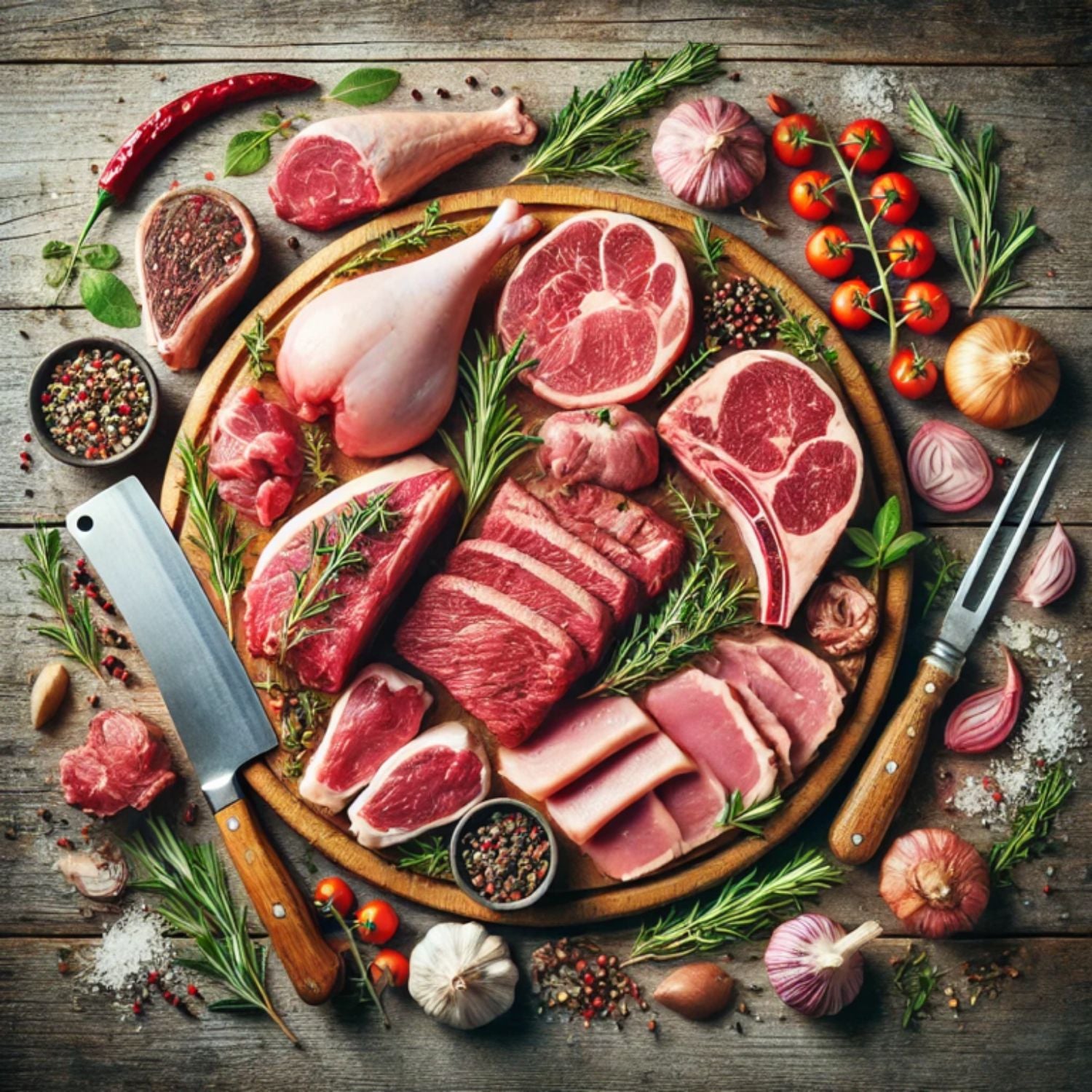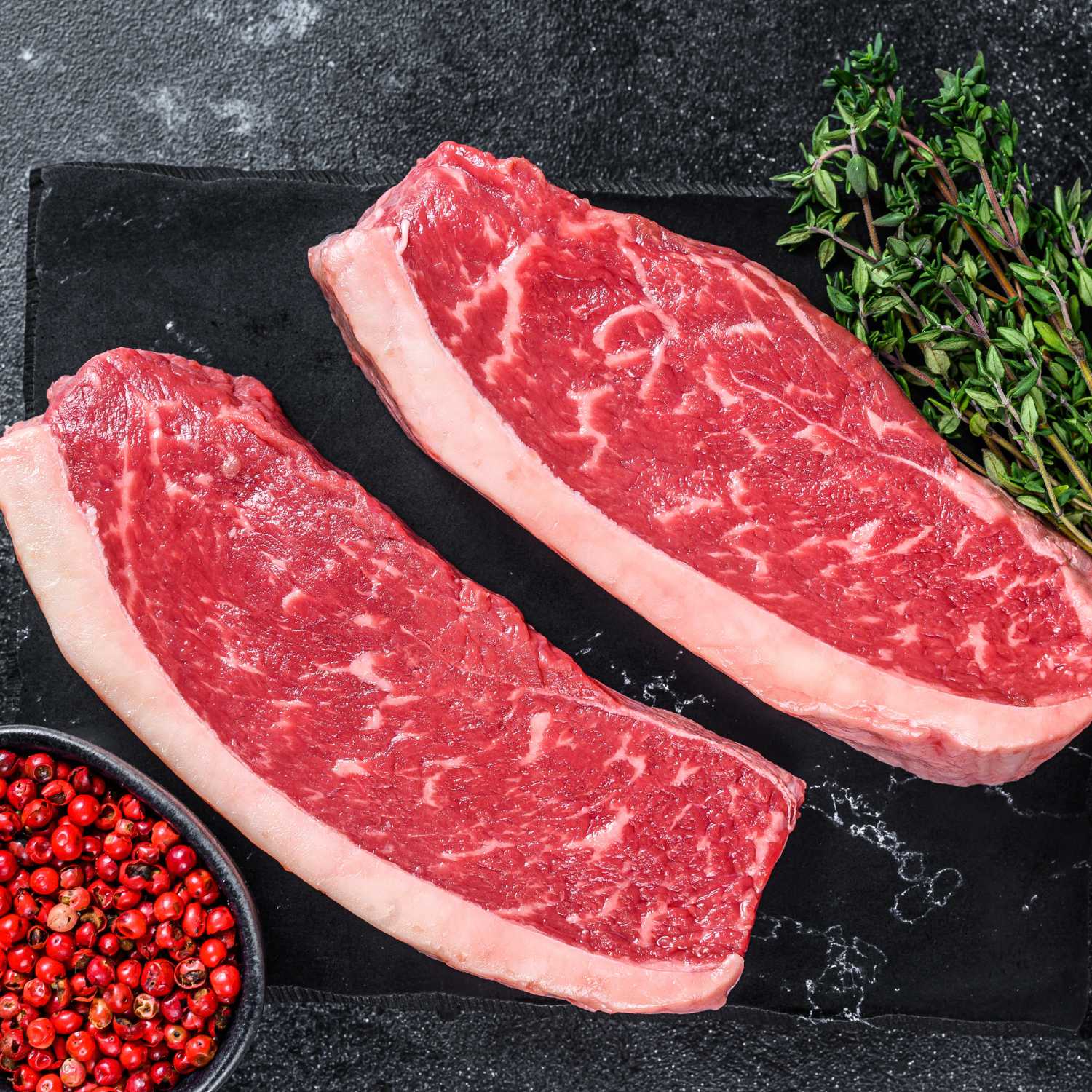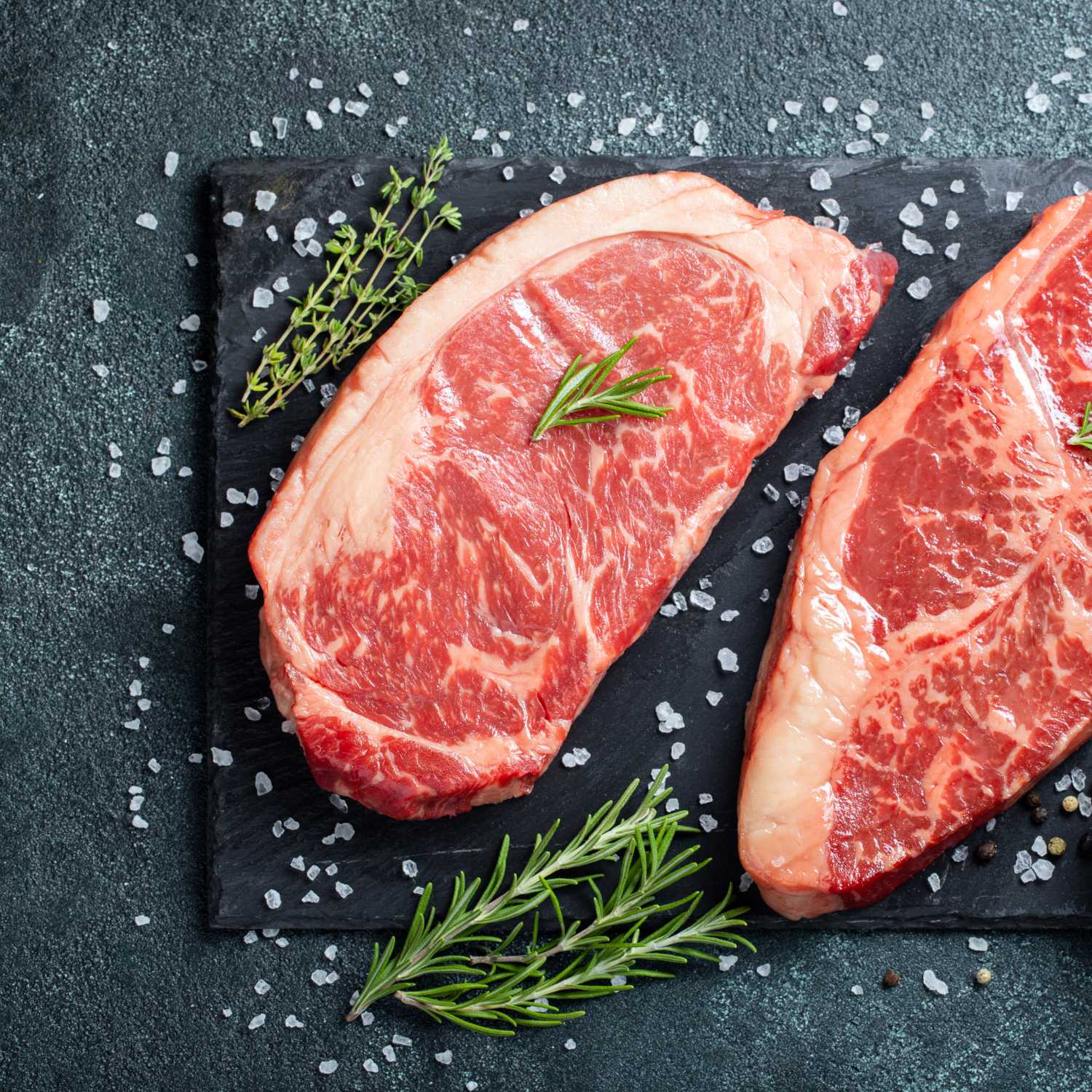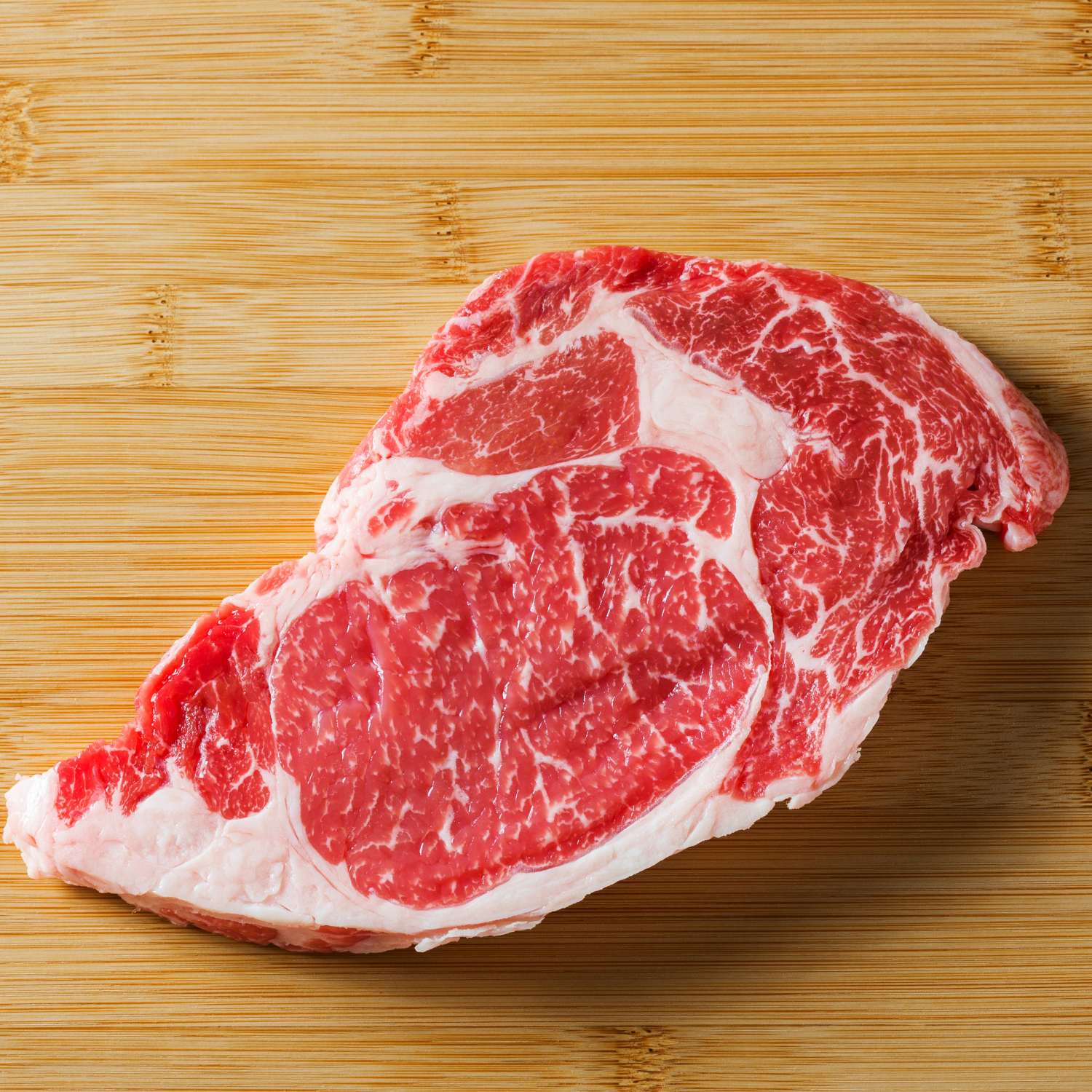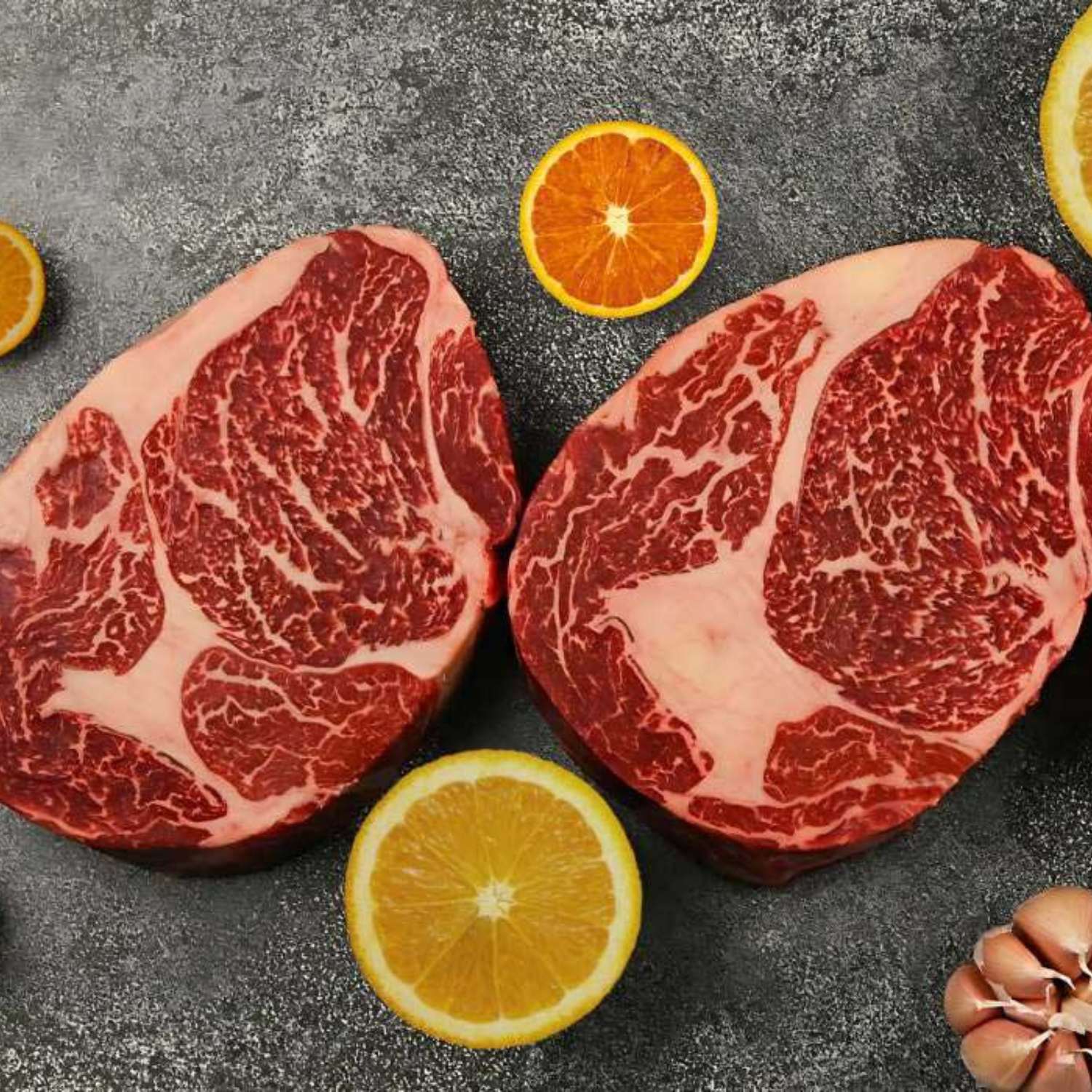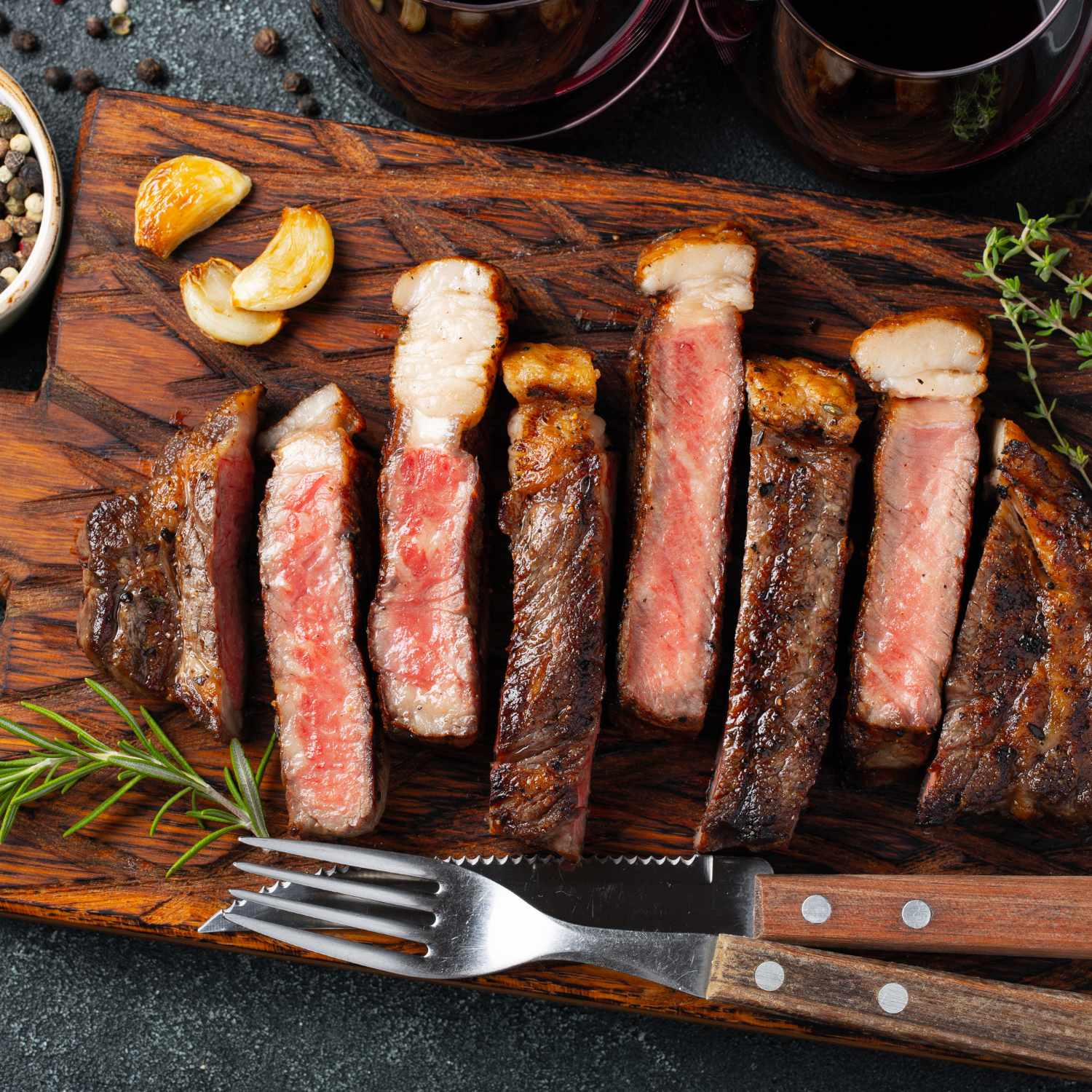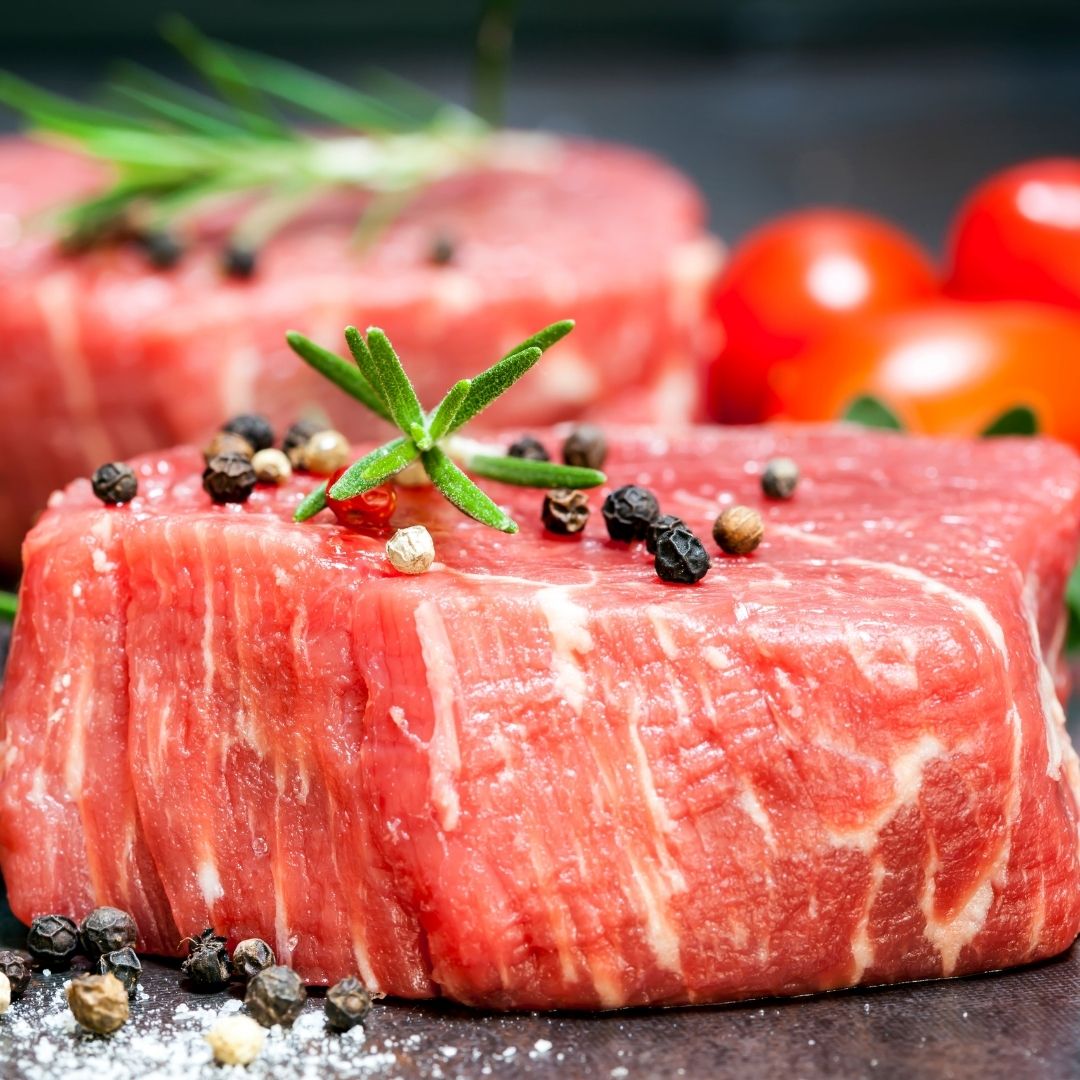When it comes to cooking, the type of meat cut you choose can make or break your dish. Whether you’re a seasoned chef or a home cook looking to up your game, understanding the different meat cuts is essential. In this guide, we’ll walk you through the most common meat cuts, what makes them unique, and how to cook them to perfection.
The Basics of Meat Cuts
Understanding where your meat comes from is the first step to mastering your cooking. Meat is typically divided into primal cuts, which are then broken down into sub-primal cuts and retail cuts. Here’s a quick overview:
• Primal Cuts: These are the large sections of the animal from which all other cuts are made. For beef, examples include the chuck, rib, loin, and round.
• Sub-Primal Cuts: These are smaller portions of the primal cuts, such as the ribeye or tenderloin from the rib primal.
• Retail Cuts: These are the cuts you’ll find in your local butcher or grocery store, ready for cooking, like steaks, roasts, and ground meat.
Beef Cuts

Ribeye: Known for its rich marbling and tenderness, the ribeye is ideal for grilling and pan-searing.
Tenderloin: The most tender cut of beef, perfect for high-heat cooking methods like grilling or broiling. It’s often cut into filet mignon steaks.
Chuck: A flavorful cut that’s best for slow-cooking methods like braising. It’s commonly used for making pot roast or stews.
Sirloin: A versatile cut that’s less tender than ribeye but more affordable, suitable for grilling, roasting, or broiling.
Pork Cuts

Pork Loin: A lean and tender cut, great for roasting or grilling. It’s commonly served as chops or roasts.
Pork Shoulder: A tougher, fatty cut that benefits from slow cooking. It’s often used for pulled pork or braises.
Pork Belly: The source of bacon, pork belly is fatty and flavorful, perfect for slow roasting or frying.
Spare Ribs: Cut from the belly, these are best cooked low and slow, often smoked or barbecued.
Lamb Cuts

Lamb Shank: A tough cut that becomes tender and flavorful when braised or slow-cooked.
Loin Chop: A tender cut similar to a T-bone steak, best grilled or pan-fried.
Leg of Lamb: A versatile cut that can be roasted whole, butterflied, or cut into steaks.
Rack of Lamb: A luxurious, tender cut that’s ideal for roasting or grilling.
Chicken Cuts

Breast: A lean, tender cut that’s best suited for quick cooking methods like grilling, roasting, or sautéing.
Thighs: More flavorful and forgiving than breasts, thighs are great for grilling, roasting, or braising.
Wings: Popular in appetizers, wings are best when fried, grilled, or baked.
Drumsticks: Another flavorful cut, ideal for roasting, grilling, or frying.
Conclusion
Understanding the different cuts of meat is key to mastering your culinary skills. By knowing which cuts are best for certain cooking methods, you can ensure that your meals are flavorful and cooked to perfection. Whether you’re grilling a ribeye or slow-cooking a lamb shank, choosing the right cut will elevate your dishes.

